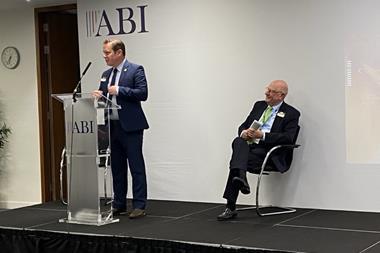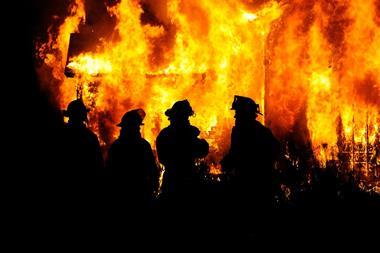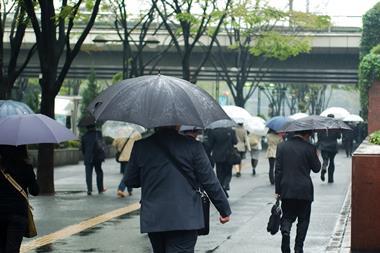Insurance is never short of a fascinating narrative, which is why one charity is using storytelling as a mechanism to get children interested in the sector
As a former sociology teacher, I know that storytelling as a method to educate students is powerful, as it can add colour and context to the densest of theories.

Take sociologist Paul Willis’ Learning to Labour study (1977) of boys in a Midlands secondary school that looked at conflict in education.
Willis claimed that these working-class boys, which he referred to as “the lads”, had formed an anti-school subculture that rejected school values.
But why is this important?
Well, Willis was trying to determine why working class kids got working class jobs.
For the Insurance Museum, which is focused on becoming an educational forum for delivering the global story of insurance, storytelling is one of its most useful vehicles.
This is why you will find former teacher Paul Miller, now an Insurance Museum trustee, sharing an anecdote or two on LinkedIn about insurance.
Driven by a similar vision, Insurance Museum chairman Reg Brown is also from a working class background and aims for the charity to spread the word about the wonderful world of insurance to all potentially interested demographics.
Miller taught in three different schools before switching to insurance recruitment and then later started at the Insurance Museum in April 2022, which he now does alongside his recruitment role.
He explained: “I realised as a teacher that children had no idea of what they wanted to do after school, apart from those at private school.”
However, Miller believes that insurance can cater to everyone’s interests and strengths. For example, sporty children could become sports brokers, or technology-minded students could try their hand at insurtech.
“There is nothing in history that is not touched by insurance,” Miller said.
However, in education, the opportunities available in the insurance sector are rarely made explicit.
Weaving insurance into education
Miller said that insurance, and particularly the London market, ”is often referred to as ‘the city’s best kept secret’”.
Read: Insurance Museum launches final gallery for fire exhibition
Read: Briefing – Journalism still lacks ethnic diversity – just like insurance
Explore more diversity and inclusion-related content here or discover other briefing stories here
He added that the industry has a tendency to hire people they know from a limited pool. However, in the 90s and 2000s, he said there was a shift in insurance towards hiring graduates.
He explained: “There’s a calling to get candidates with no previous links to the market in insurance.
“The key part is to create equality of opportunity and the only way of doing that is to reach a wider audience. If we continue to only go after university graduates or those in private schools, it’s never going to change. It’s about us educating the teachers as well as the market.”
Miller also advocates for more mentoring from key people in the market and having them work with schools.
He said: “We are hoping to drive that, to forge relationships between schools in and outside of London. There are great people out there who have never heard of insurance that could do great things.”
For Insurance Museum director Howard Benge, “the objective of the museum is to tell the story of global insurance – past, present and future”.
It is doing this in several ways, from storytelling, online exhibitions, workshops and working with schools as well as hoping to soon publish its very first education pack for key stage one and two pupils.
Benge said: “People write off little ones about subjects like insurance, but everyone tries to connect with the 13 to 14-year-olds. But by that time, they have already got a good idea of what they want to do.”
Benge also explained that from feedback, the “public don’t really understand insurance” and people mainly engage with it at point of claim.
For me, I agree that insurance should be weaved into school curriculums and believe that exposing children to different careers at an earlier age and linking learning more clearly to the workplace would drive improvement.
I have seen firsthand with my own tutor group, who I still mentor, how muddled their thinking was about their next steps in life.
But many of these kids have gone on to do great things and one even works in insurance.
It’s just going to take a sectorwide effort to deliver these messages to the next generation.
Hosted by comedian and actor Tom Allen, 34 Gold, 23 Silver and 22 Bronze awards were handed out across an amazing 34 categories recognising brilliance and innovation right across the breadth of UK general insurance.




















































No comments yet